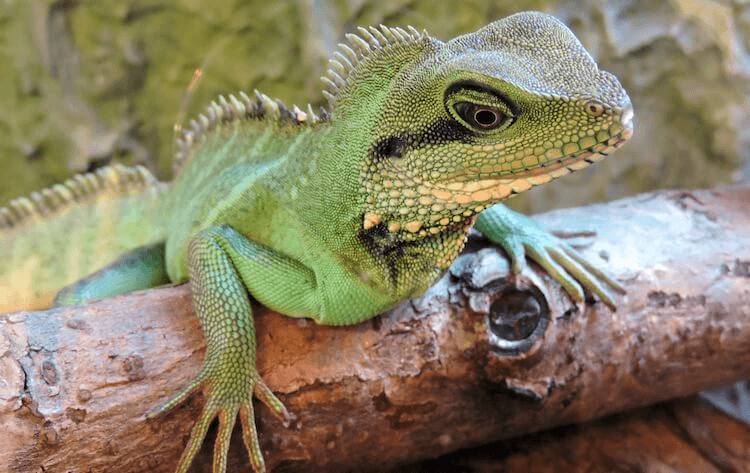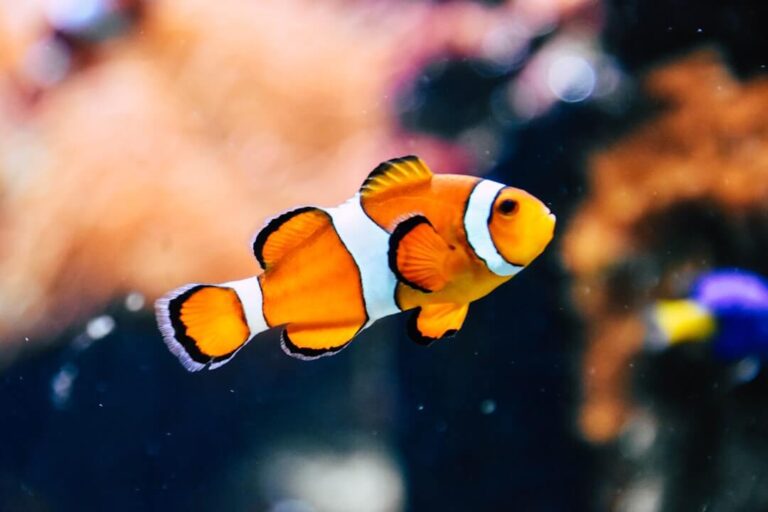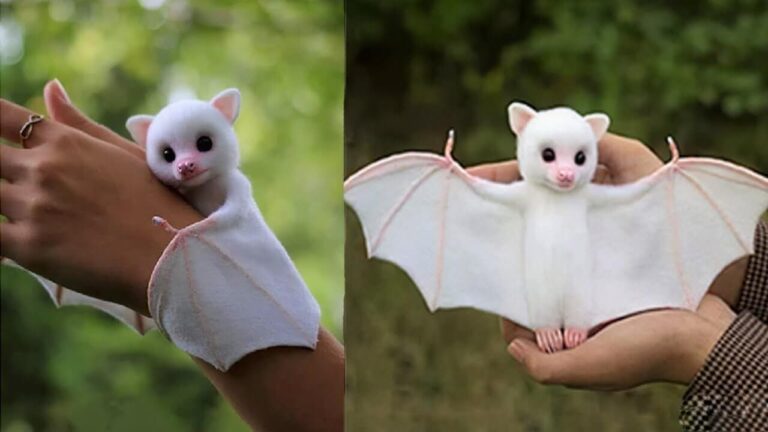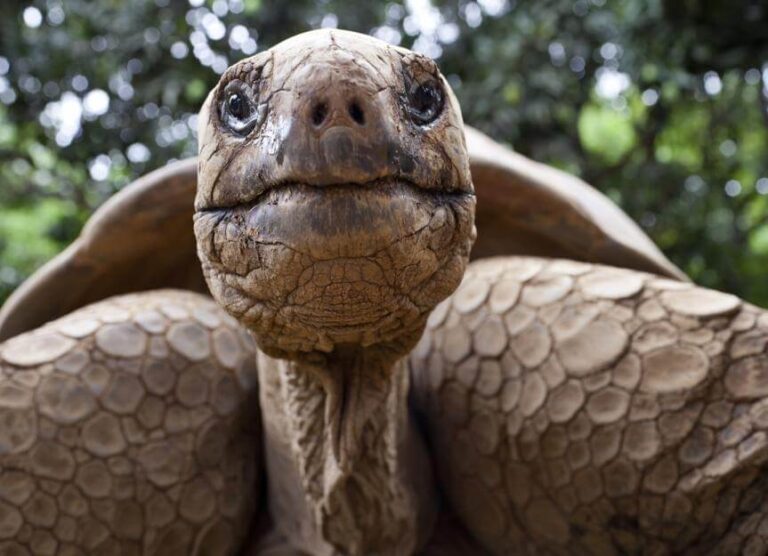Top 15 Best Lizard Pets for Beginners and Enthusiasts
When choosing a pet lizard, it’s essential to consider factors like ease of care, temperament, and environmental needs. Here are the top 15 lizard pets that are perfect for both beginners and enthusiasts, along with detailed care instructions to ensure your new scaly friend thrives.
Contents
1. Leopard Gecko
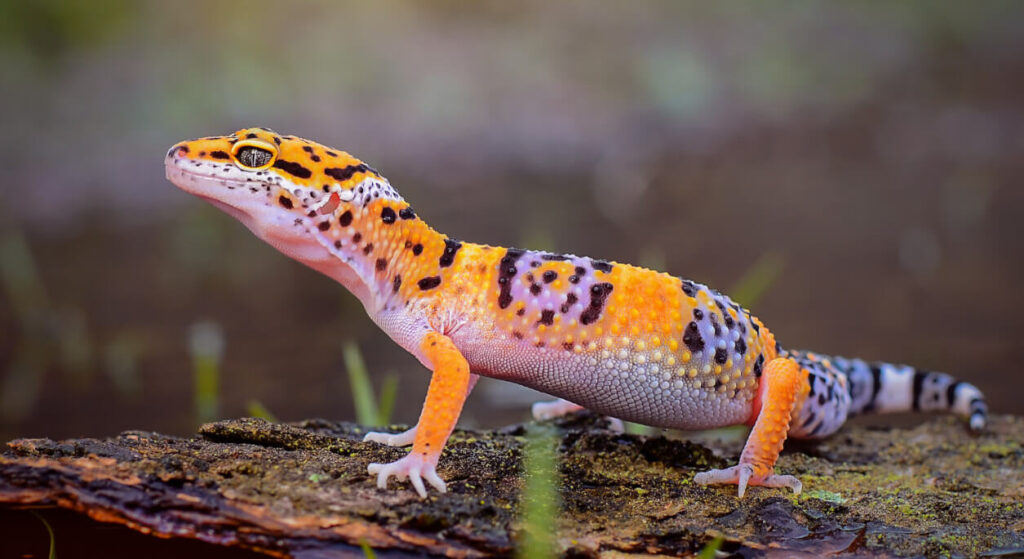
Leopard Geckos are nocturnal and ground-dwelling, making them relatively easy to care for. They require a minimum of a 10-gallon tank, though larger is better. Their diet consists mainly of insects such as crickets, mealworms, and dubia roaches. Regular misting helps maintain hydration and proper shedding.
2. Bearded Dragon
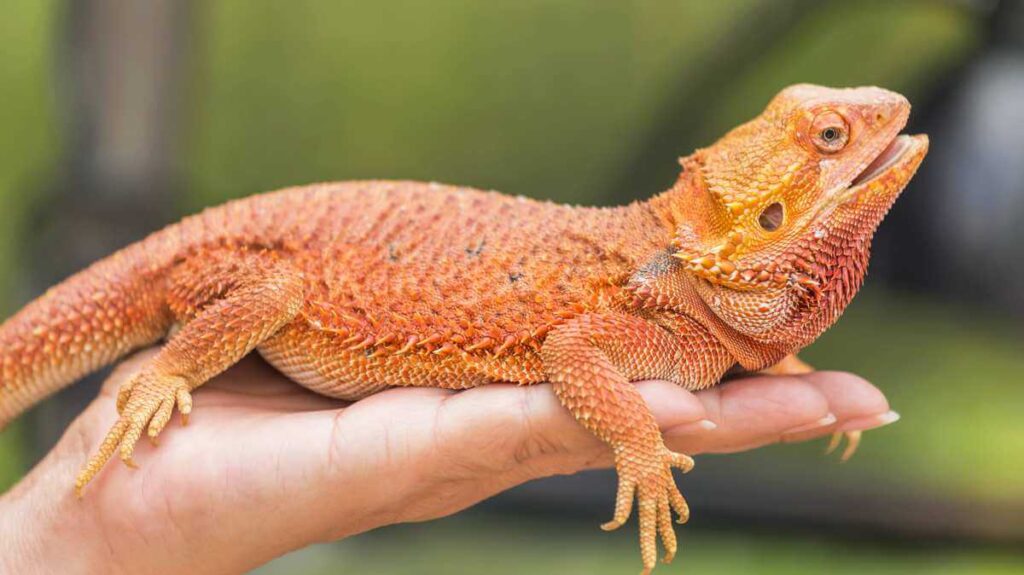
Known for their docile nature, Bearded Dragons are great for handling. They need a spacious tank (55-75 gallons for adults) with a temperature gradient and UVB lighting to support their health. Their diet includes a mix of insects and vegetables.
3. Crested Gecko
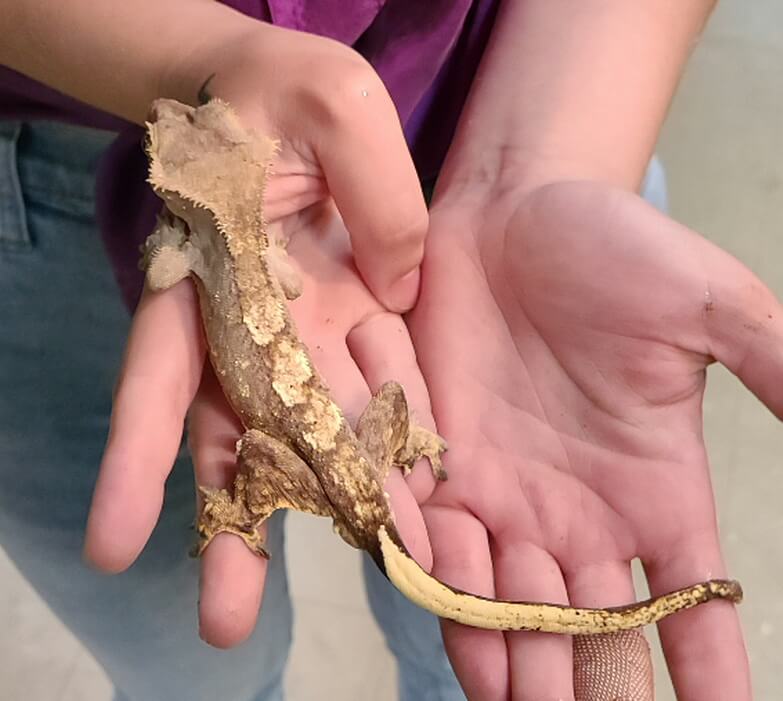
Crested Geckos are arboreal and thrive in vertically oriented tanks with plenty of climbing opportunities. They prefer a tank size of at least 20 gallons and eat a diet of insects and specially formulated gecko food.
4. African Fat-tailed Gecko
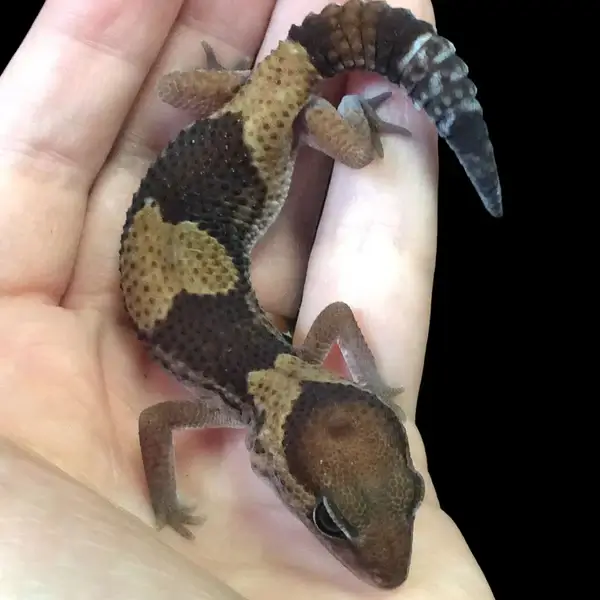
These geckos are similar to Leopard Geckos but have distinctive fat tails. They require a 10-gallon tank with a substrate that supports moisture, and their diet consists of protein-rich insects.
5. Blue-tongue Skink
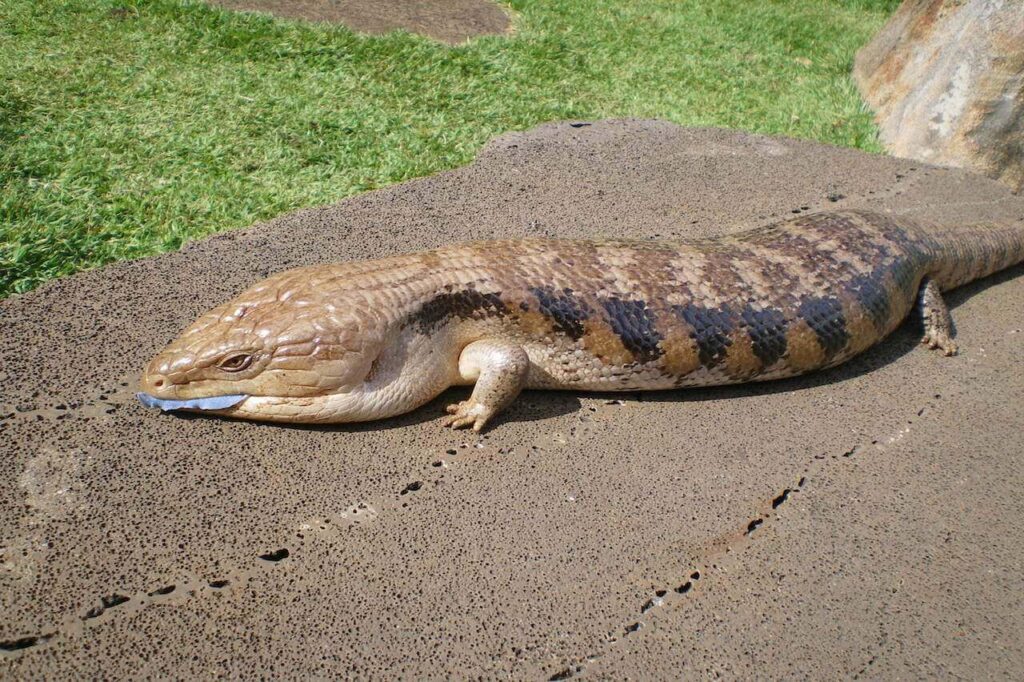
Blue-tongue Skinks are known for their distinctive blue tongues and manageable size. They require a varied diet of vegetables, fruits, and occasional animal protein. A large enclosure with a secure lid is necessary.
6. Green Anole
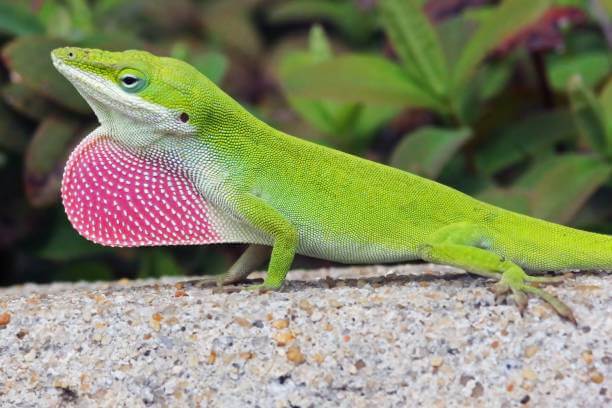
These small, green lizards are affordable and active during the day. They need a vertical setup for climbing and a diet of daily high-protein insects. Handling should be minimal due to their fragile nature.
7. Water Dragon
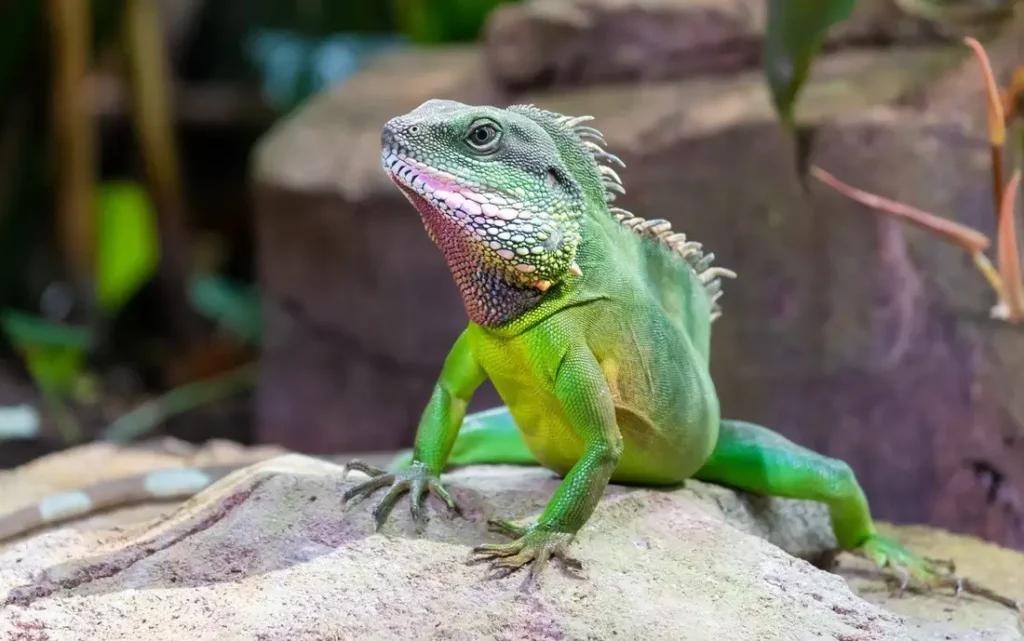
Water Dragons are friendly and colorful, requiring a moist environment with plenty of vertical space for climbing. Their diet includes insects, pinky mice, and vegetables.
8. Uromastyx
Uromastyx lizards are hardy and come from arid climates, requiring high temperatures and UVB light. They mainly eat vegetables and occasional insects. They are known for their vibrant colors and spiny tails.
9. Tokay Gecko
Tokay Geckos are nocturnal and vibrant in color but can be aggressive. They need a secure enclosure with hiding spots and a diet of high-protein insects. Regular interaction can help reduce their aggression.
10. Chameleon
Chameleons are fascinating for their color-changing ability but require a more complex care regimen. They need a well-ventilated, humid enclosure and a diet of various insects. Their care demands make them better suited for more experienced keepers.
11. Frilled Dragon
Frilled Dragons are notable for the frills around their necks. They need a large tank with climbing structures and a diet of insects and vegetables. They are generally calm and easy to care for, making them suitable for beginners.
12. Ackie Monitor
Ackie Monitors are small, active monitors that thrive in a spacious, well-heated enclosure with plenty of hiding spots. Their diet includes insects, small rodents, and eggs. They are known for being curious and relatively easy to tame.
13. Collared Lizard
These vibrant lizards are active and enjoy climbing. They need a large enclosure with UVB lighting and a diet of insects and occasional vegetables. They are relatively easy to care for but require a bit more space.
14. Fire Skink
Fire Skinks are known for their striking colors. They require a moist, well-planted tank with hiding spots and a diet of insects and earthworms. They are generally hardy and easy to care for, making them great for beginners.
15. Green Basilisk
Green Basilisks, or Jesus Lizards, are known for their ability to run on water. They need a large, humid enclosure with water features and a diet of insects and small fish. They are best suited for intermediate keepers due to their space and humidity requirements.
Final Tips for Lizard Care
- Tank Size and Setup: Ensure the tank is appropriately sized for the lizard’s growth and activity level. Include climbing structures, hiding spots, and appropriate substrates.
- Temperature and Humidity: Maintain a temperature gradient and humidity levels suitable for the specific species. Use heat lamps, UVB lighting, and misting systems as needed.
- Diet: Provide a balanced diet based on the lizard’s natural dietary needs, including necessary supplements like calcium and vitamin D3.
- Handling: Handle with care, especially with species that are more fragile or skittish. Regular interaction can help tame more aggressive species.
- Golden Retriever Pros and Cons: What Every Pet Parent Should Know - 15 September 2025
- Cane Corso Dog Breed: Health, Care, and Lifespan - 14 September 2025
- Catahoula Leopard Dogs: Description, Temperament, Lifespan, & Facts - 21 July 2025

